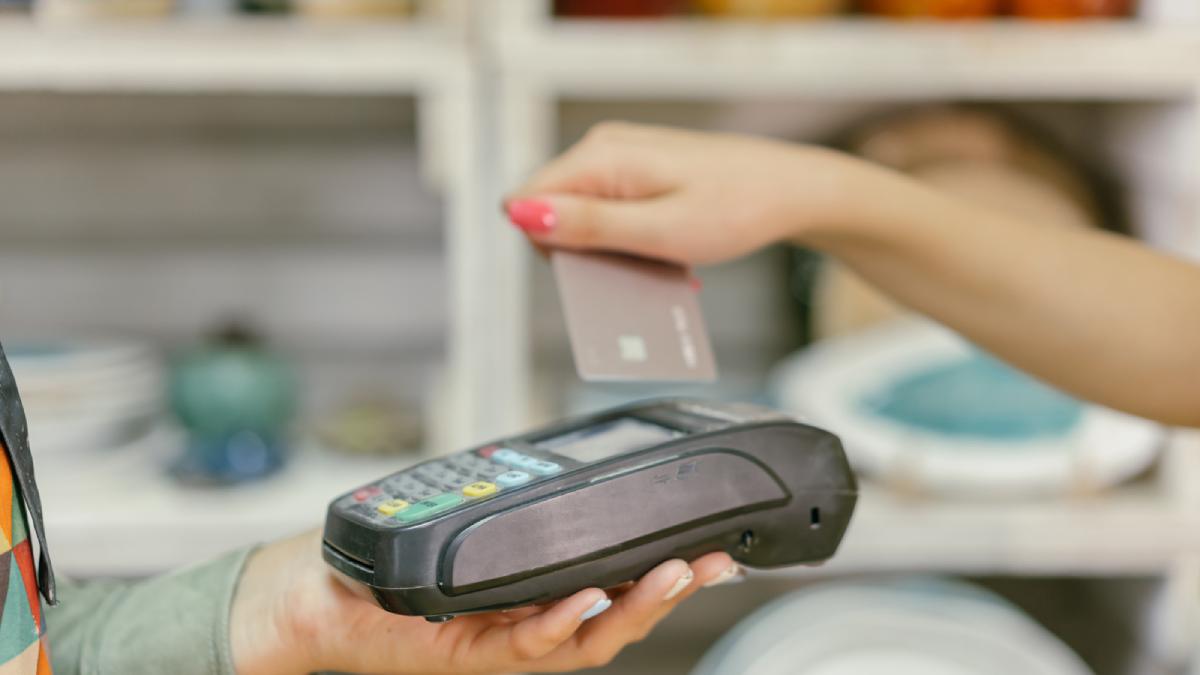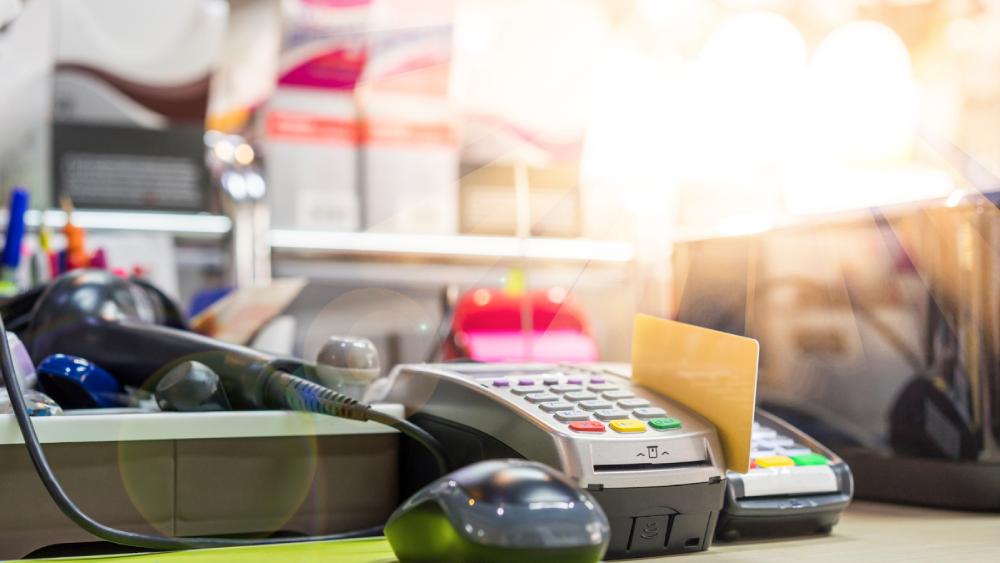How Retail POS Systems Improve Inventory Management

Managing inventory can make or break a retail business. Poor tracking leads to stockouts, overstocking, and ultimately lost revenue. That’s where retail POS (Point of Sale) systems come in. A good POS system doesn’t just process sales—it plays a key role in tracking, managing, and optimizing inventory in real-time. Let’s explore how retail POS systems take the stress out of inventory management and give retailers more control over their operations.
Table of Contents
Real-Time Inventory Tracking
One of the biggest advantages of a retail POS system is real-time inventory tracking. When a sale is made, the POS system automatically updates the inventory levels. This removes the need for manual counts and reduces errors that can occur from delayed updates. Retailers can see, at a glance, what items are in stock, what’s running low, and what’s selling fast.
Real-time tracking also helps prevent over-ordering and under-ordering. With accurate data, store owners can make smarter decisions about reordering, avoiding excess stock that ties up capital or missed sales due to empty shelves.
Automatic Stock Replenishment
Retail POS systems often include features that automate the restocking process. When inventory levels for a particular item drop below a pre-set threshold, the system can alert the manager or even automatically create a purchase order with the supplier.
This kind of automation reduces the workload for employees and ensures popular items are always in stock. It also helps retailers stay organized, especially when managing multiple suppliers or product categories.
Centralized Inventory Control Across Multiple Locations
For businesses with more than one store, centralized inventory control is a must. A modern retail POS system can link all locations to a single database. This allows business owners to view and manage inventory across every store in one place.
For example, if a product runs out in one store but is available at another location, staff can easily arrange for a transfer or direct a customer to the nearest store that has the item. This flexibility improves customer satisfaction and keeps sales flowing.
Better Forecasting and Demand Planning
Retail POS systems collect sales data over time, which becomes valuable for forecasting future inventory needs. With built-in analytics and reporting tools, retailers can spot trends, seasonal patterns, and slow-moving items.
Using this data, managers can make informed decisions about what to stock more of and what to phase out. Accurate forecasting leads to better cash flow, fewer markdowns, and more efficient use of storage space.
Reduced Shrinkage and Theft
Inventory shrinkage from theft, damage, or human error can be a serious drain on profits. POS systems help fight this by tracking inventory movements in detail. Managers can compare expected stock levels with actual physical counts, identifying discrepancies early.
Advanced POS systems can also assign logins to staff members and track who processed which transactions. This level of accountability makes it harder for theft to go unnoticed and encourages responsible behavior among employees.
Easier Returns and Exchanges
Returns and exchanges are part of retail, but they can create confusion in inventory records if not handled properly. Retail POS systems make returns and exchanges straightforward and accurate.
When a customer returns an item, the POS system automatically updates the inventory. If the product is restocked, it goes back into the available inventory pool. If it’s defective, it can be tracked separately. This accuracy is important for keeping inventory numbers reliable and customers happy.

Integration with E-Commerce Platforms
In today’s market, many retailers operate both brick-and-mortar stores and online shops. A good retail POS system can integrate with e-commerce platforms, ensuring inventory is synced across all channels.
This prevents situations where an item sells online but is already out of stock in-store. Customers get up-to-date information, and business owners avoid overselling or disappointing buyers. With seamless integration, businesses can offer click-and-collect, ship-from-store, or returns across channels with confidence.
Enhanced Customer Experience
Inventory management isn’t just about stock levels—it directly affects the customer experience. A retail POS system ensures that the items customers want are available when they want them. It also enables staff to quickly check stock status or offer alternatives when something is out.
Some POS systems also support features like secure payment link options. This allows customers to pay remotely, even if they’re not in the store, which is especially helpful during phone orders or for remote sales events. The smoother and more flexible the buying experience, the more likely customers are to return.
Simplified Supplier Management
Retail POS systems help streamline supplier relationships by keeping all purchase orders, delivery receipts, and supplier information in one place. This organization makes it easier to reorder products, negotiate better deals, and track supplier performance over time.
Some POS platforms allow you to compare multiple vendors, track delivery times, and analyze the accuracy of shipments. This leads to better vendor management and fewer disruptions in your supply chain.
Conclusion
Retail POS systems do far more than ring up sales—they transform the way inventory is managed. From real-time tracking and automatic restocking to demand forecasting and theft prevention, these systems help retailers stay organized, reduce waste, and improve profit margins.
Also Read: Inside Look: What Sets Apart The Best Trucking Companies From Average One

